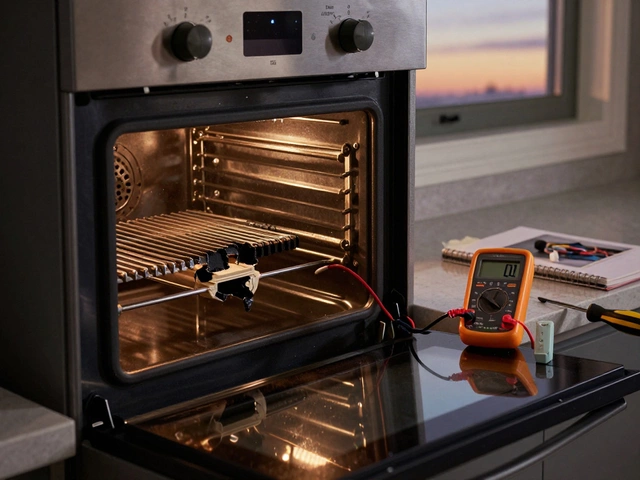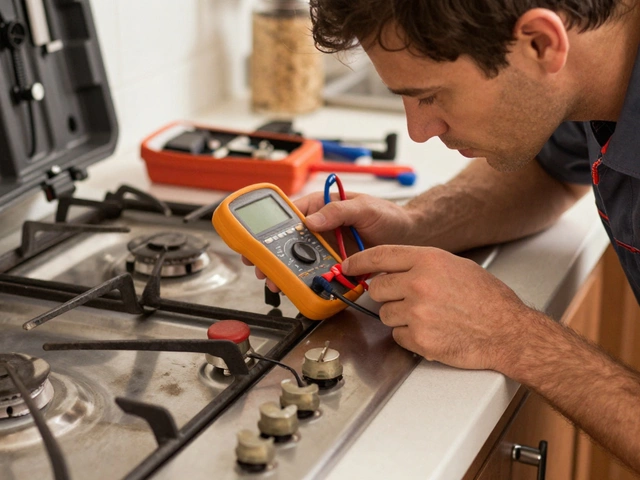DIY Water Heater Flush: Keep Your Hot Water Flowing
When working with DIY water heater flush, a step‑by‑step method that clears mineral deposits from a domestic water heater. Also known as water heater flushing, it helps stop cold showers, reduces noise, and cuts energy waste. This process DIY water heater flush encompasses sediment removal, requires a few basic tools, and can be completed in under an hour. If you skip it, the buildup will keep growing and eventually lower the heater’s efficiency.
Why Flush Your Water Heater?
A water heater, the appliance that stores and heats water for your home works by pulling cold water into a tank where a heating element or burner raises the temperature. Over time, sediment, tiny mineral particles that settle at the bottom of the tank creates an insulating layer. This layer forces the heater to work harder, which shows up as higher bills, louder rumbling, and spotty hot water – often hot in the kitchen but cold in the bathroom. Flushing removes this layer, restores proper heat transfer, and protects the internal components. The key attributes of a successful flush are: proper shut‑off, safe pressure release, and thorough rinsing. You’ll need a garden hose, a bucket, an adjustable wrench, and a bit of patience.
Knowing when to flush is easier than you think. If you notice cold water at the shower while the sink stays warm, hear popping sounds when the heater cycles, or see a spike in energy costs, those are clear signals that sediment has built up. A quick visual check – open the drain valve and watch the water run clear – tells you if another flush is needed soon. Regular maintenance, typically once a year for hard‑water areas, keeps the system running smoothly and delays costly replacements. The steps are straightforward: turn off power or gas, shut the cold‑water inlet, attach the hose to the drain valve, open the valve, let the water flow until it runs clear, then close the valve, refill the tank, and restore power. Following these steps ensures you avoid leaks, protect the heating element, and enjoy consistent hot water throughout the house.
Below you’ll find a collection of articles that dive deeper into related problems – from why hot water works in the sink but not the shower, to spotting early warning signs of a failing heater. Whether you’re a seasoned DIYer or just getting started, these posts give you the context, troubleshooting tips, and safety advice you need before you roll up your sleeves. Browse the list to expand your knowledge and tackle any hot‑water hiccup with confidence.
Flushing your water heater by yourself might seem like a daunting task, but it's a practical DIY home maintenance job. It's crucial for removing sediment buildup, which can increase energy costs and reduce efficiency. This guide provides practical steps, essential safety tips, and insights into why keeping your water heater in top condition can save you money. Discover how to carry out this task efficiently and safely right from your home.


